If you’ve had a chance to experience a virtual reality headset already, you can rightfully say that the graphics are there… personally, my mind started racing at all the potential applications this new technology could have. But something critical was missing — the integrated interactive peripherals! Where are my hands and feet?! I mean it was so real, I was reaching out trying to physically interact with the surroundings and animations, but I couldn’t. The visuals were there, the graphics were stunning, but there was no way for me to physically interact (touch, move, or engage) beyond my head tilting and turning to view the animations.
The experience is about is realistic as anything your imagination can create on its own, almost dreamlike. I’ve mentioned in a prior blog on how progressive this technology really is — and to foster growth anywhere in the tech space, it requires competition in that product’s category across the market place. VR headsets are great, in fact, they’re revolutionary — but they restrict you to the head, keyword: HEADset. Your head is the only part of your body that initiates physical movement within virtual reality experiences.
Let’s start by breaking down the top players VR headset market.
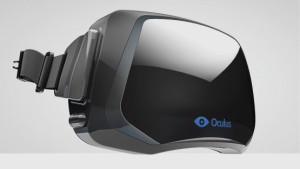
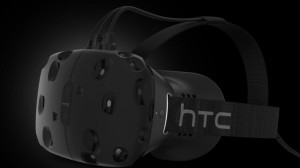
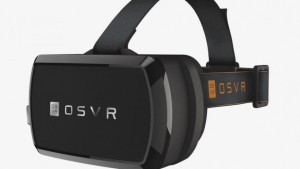
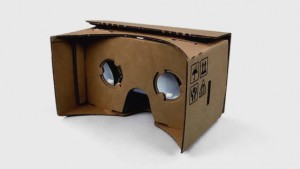
So the headset competition is obviously pretty fierce… we understand this. Now take a step back from VR headsets and check out this quote from the VR mastermind behind the revolutionary Rift.
“The virtual-reality experience is not going to be complete with just the visual side,” Oculus Rift inventor Palmer Luckey acknowledges. “You absolutely need to have an input and output system that is fully integrated, so you not only have a really natural way to view the virtual world but also a natural way to interact with it. We (Oculus Rift) don’t have that, and it makes me sad,” Luckey says.
My initial reaction was: “Whoops.” Why bash your own product? Well, that’s what product visionaries need to do to ignite the market and spark new hardware innovation. I think I just heard the creaky door of opportunity open. Ask, and maybe you’ll get lucky, Luckey.
In turn, a number of companies are launching new peripheral technologies to shrink the gap on a natural, fully immersive virtual experience.
Next, my personal favorite peripheral, and our newest partner VR partner at AVADirect — the Virtuix Omni, this peripheral was featured on Kickstarter and raised $1,109,351 with 3,249 backers behind the project, far beyond the request of $150,000. The video below will break down the revolutionary concept behind this futuristic virtual reality gaming peripheral. From start to finish, this motion tracking device gets you off the couch, allows you to run, crouch, jump — everything you would normally do digitally in a video game experience, but physically. It even has the capability of tracking distance and calories burned — take that FitBit!
https://www.youtube.com/watch?v=lw9RqLsLJlM
Now that your feet and torso are integrated into the virtual experience, let’snow put VR in the hands of the gamer.
Lastly, we have our handheld peripherals. From my experience with VR, the graphics were stunning, the audio was mindbending, and the omni provides the feet and torso components — but there’s one critical component missing, the hands.
The STEM System™ is a wireless, motion tracking platform for video games, virtual reality (VR), and more. It enables players to interact naturally and intuitively with games by tracking full position and orientation at all times, whether at the desktop or throughout the entire living room.
This is the next upgrade in virtual reality motion tracking technology – with advancements including wireless functionality, and better in-game tracking performance. The Sixense STEM System can support up to five wireless motion trackers, or “STEMs”, for full positional orientation tracking of the head and hands, the entire body, or other functionality centralized configurations. Check out the Sixense STEM light-saber demo below.
https://www.youtube.com/watch?v=1b1ycwQIG7c&t=48
VR is progressing at an alarming rate, but there are still a few pieces to the puzzle that are missing. These custom virtual reality peripherals haven’t hit the consumer market yet, but both companies have stated that they plan to release the product sometime in Summer 2015.
I envision some of these full-body, completely and physically immersive VR systems launching in the next 3 years, including the appropriate desktop PC hardware, headset commercialization and innovation and accurate foot and hand motion tracking. (I’m just vaguely valuating the current pace of launch frequency of key players in the VR market) — but why has it taken so long to realize the need for every aspect of VR in one solution? The headset is obviously necessary, but so are the peripherals, as it would seem. When it comes to bringing a virtual reality experience full circle, doesn’t it make sense to bundle all of those additional components into one?
I’m thrilled to see how tech companies will integrate and accommodate to VR user needs like Sony did with those “lightwands”, or Nintendo Wii did with the handheld, motion sensing controllers. What’s next?
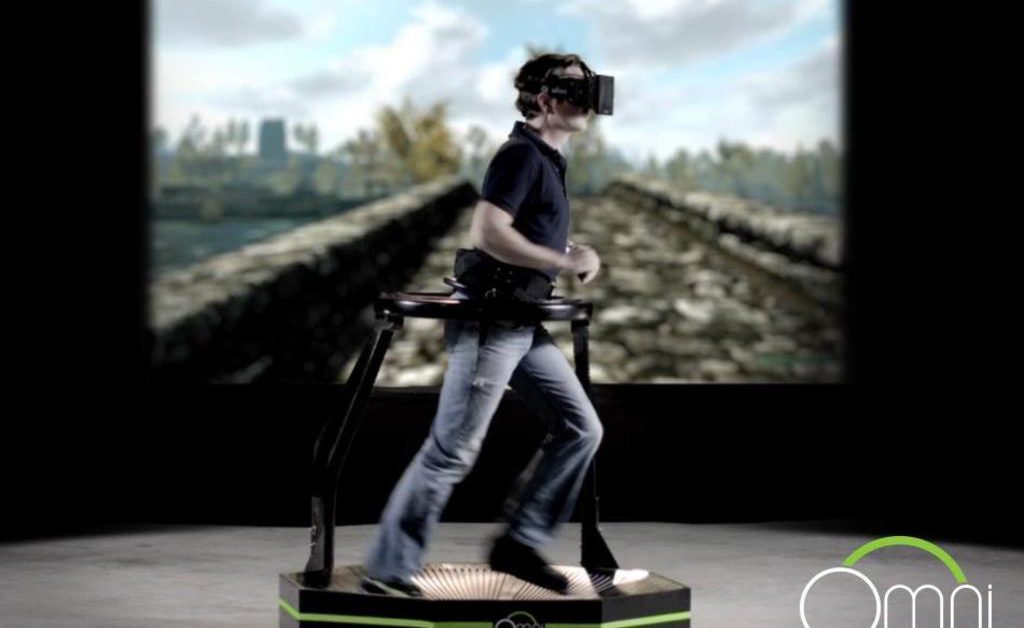

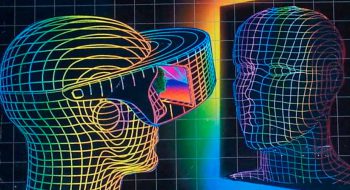
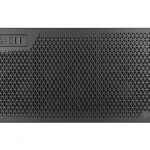


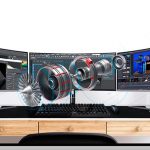

No comments yet